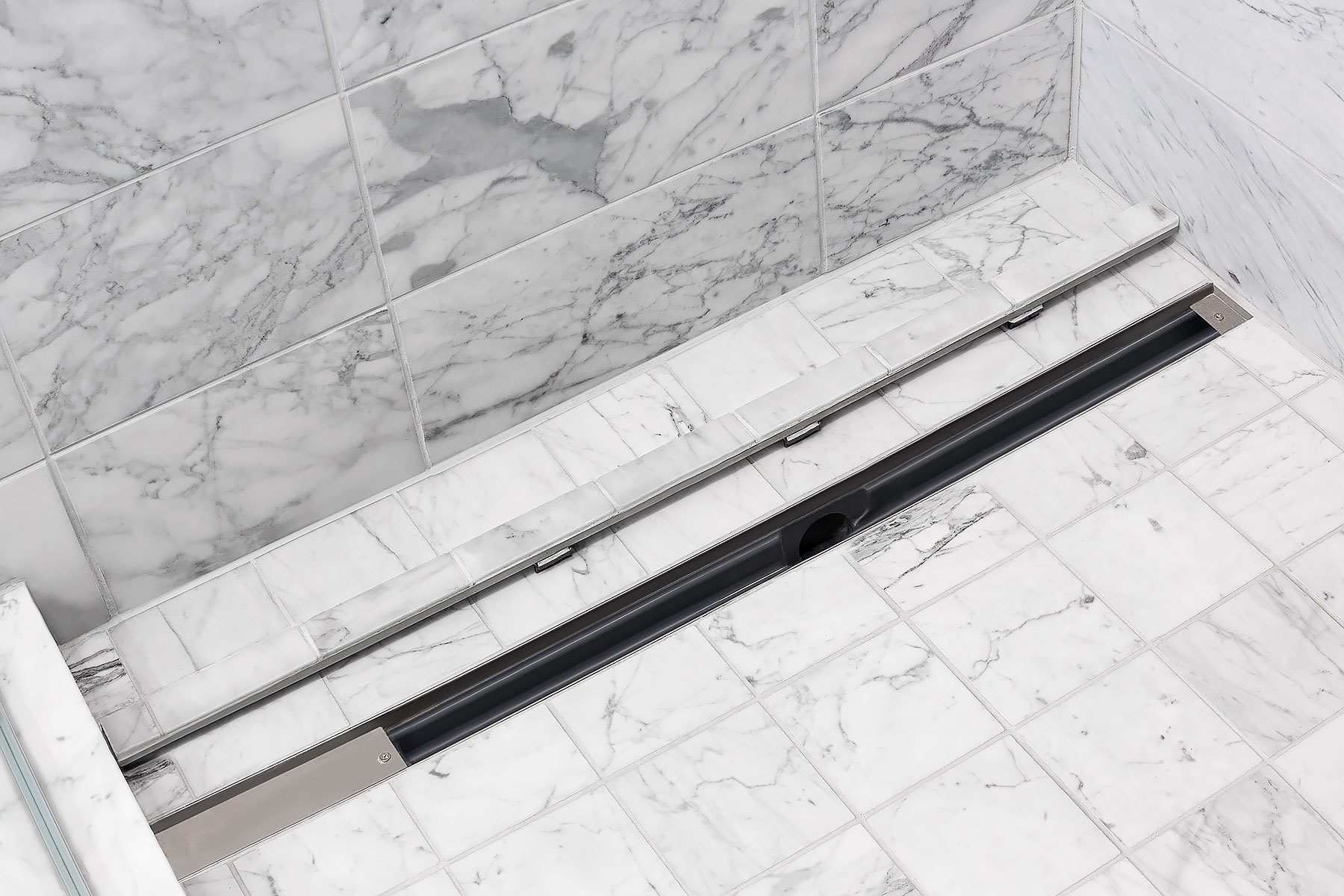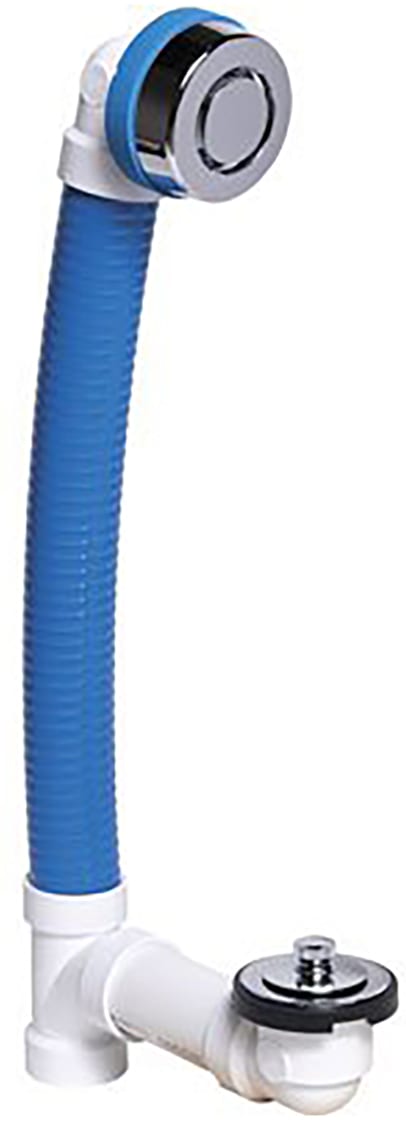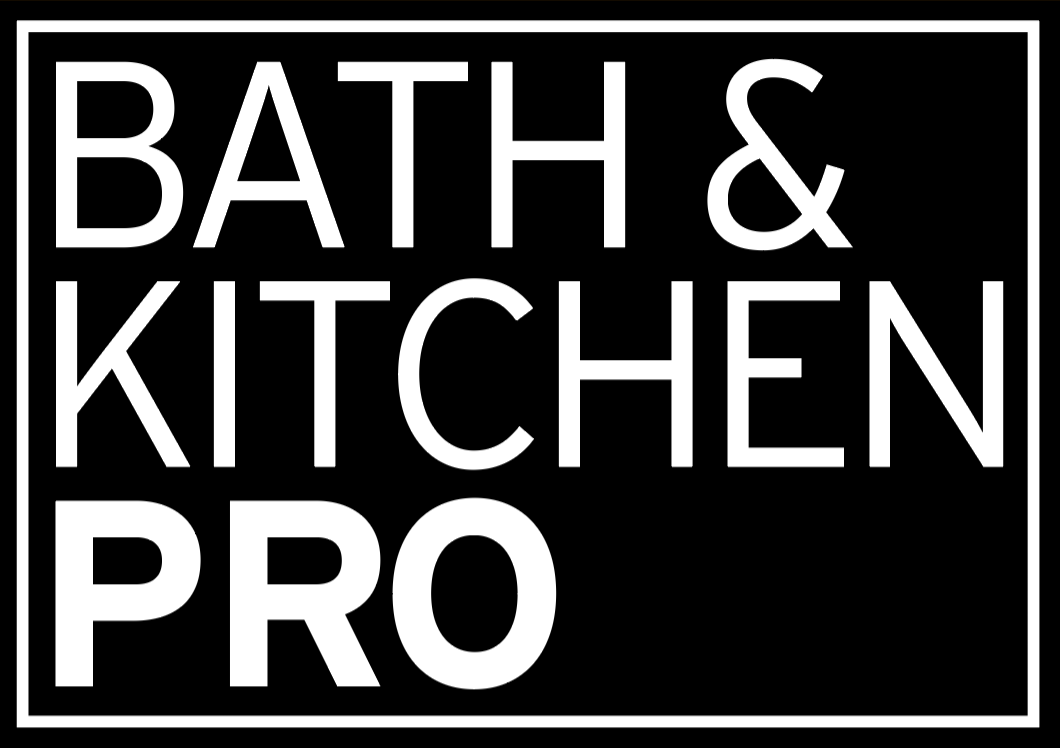commercial
Three flexible plumbing systems to streamline bathroom construction and renovations
High demand and lack of labor drive need for streamlined installations.
By: Sean Comerford
Taking a system approach instead of a component approach is a great way to save time on the job.
A critical shift in the plumbing space has been the extraordinary supply shortages our industry faces. Experts predict that in 2022, we will continue to see new-home construction fall short of ongoing demand, as the United States deals with supply-chain issues and labor shortages. More than ever, contractors should focus on delivering high-quality work as quickly as possible to keep up with the significant customer demand.
While this demand is encouraging for contractors, the labor shortage remains a major concern in the construction industry. To overcome this challenge, completing jobs efficiently is key. It is crucial to use plumbing systems that make the job easier without sacrificing quality.
One way to increase time efficiency while navigating these challenges is to opt for flexible, onsite-customizable plumbing systems. Taking a system approach versus a component approach is a great way to save time, enabling you to complete more jobs.
Whether you’re converting a tub to a shower, working on plumbing rough-ins for new bathtubs or installing freestanding tubs, onsite-customizable or universal plumbing products offer time savings and job-site efficiency.
Below we share three plumbing systems that streamline plumbing installations.
1. Tub-to-shower conversion kits
Tub-to-shower conversions have become a standard in the remodeling industry; as a matter of fact, owners can’t get rid of older bathtubs fast enough. Whether it’s a hotel, a multi-family development or a home remodel, bathrooms are getting more spacious, and shower footprints are increasing.

The QuickDrain linear drain system features a fully sloped trough where water exits through either a vertical or a side waste outlet, making it easy to accommodate existing plumbing.
It’s important to note that finding an efficient way to convert a large number of bathtubs remains an all-too-common challenge for commercial building contractors. While most contractors would immediately elect to use pre-formed shower bases or pans, most haven’t considered the job-site conditions that may negatively impact these pre-formed pans’ efficiency — even if they can be manufactured in custom sizes.
That’s because, more often than not, when contractors demo out tubs, they run into different plumbing and fixture layout conditions in practically every bathroom. Rarely will they take out a tub and have a space that is exactly 30 by 60 inches, as it says on the construction plans.
The best option is to find a complete shower solution, such as a tub-to-shower conversion kit that can streamline the process. The key is to find a product with onsite-customizable components that will fit nearly any shower enclosure’s size and conditions.
Finding a solution that would allow you to adapt to those unexpected plumbing rough-in configurations and various shower enclosure sizes is key. When removing older tubs, the drains are often set at different positions and often off-center. But jack-hammering or core-drilling through the concrete to adjust drain positioning is usually not an option for multi-story buildings with structural flooring constraints. Since many commercial buildings are constructed with post-tensioned slabs, core-drilling would compromise the building’s integrity. Jack-hammering can also be prohibitively expensive for homeowners, so it’s usually not an option for residential remodels either.
Therefore, it’s essential to find a solution to accommodate off-center drains. Offset or off-center waste-outlet drain bodies are particularly helpful when working in buildings constructed with post-tensioned slabs.
A solution like a site-sizable linear drain body solves the “off-center drain” challenge because it can be customized to adapt to existing drain locations while also covering the fact that the drain is off-center. Bypassing some of these costly, time-wasting job site challenges can help contractors complete a bathroom renovation much quicker.
2. Bath waste and overflow kits
According to The U.S. Census Bureau and the U.S. Department of Housing and Urban Development, new-home construction starts jumped 6.8% in February 2022 over January, and a whopping 22% compared with the same time a year ago. That’s the fastest growth rate in building since 2006. New-housing construction with five or more units was even more robust, rising 37.3% compared with 2021, while housing completions also jumped 5.9% from January and 2.8% from a year ago.
With the rise in new construction, it’s more important than ever to find an efficient way to install a large number of bathtubs. Robert A. Tull Inc., a plumbing contractor located in Maryland’s Montgomery County, installs plumbing in up to 1,500 single-family dwellings and townhome units a year. Such a turnover rate requires maximum productivity and the use of efficient plumbing products. That led R.A. Tull to switch to Bath Waste Rough-In Kits for all bath waste and overflow installations.
Bath waste and overflow kits with pre-assembled components will simplify installation. Such a kit would include:
● A screwless overflow faceplate;
● Overflow gasket;
● Press-in trim veneer;
● Locking drain gasket; and
● Quarter-turn test plugs.

The Dearborn True Blue Bath Waste line is made with integrated locking features that reduce the number of tools needed for installation, saving time and frustration.
A kit with flexible and adjustable tubing that serves as an alternative to rigid PVC makes it easier to overcome residential and commercial job site obstructions such as floor joists, misaligned/offset drains and severely sloped walls.
Furthermore, identifying a solution that requires no additional tools will help installers avoid a common job-site challenge involving the installation of overflow covers. Traditionally, installers must attach the overflow (on the tub side) using screws and a brass yoke. A kit with a simple clockwise turn for overflow cover installation will eliminate that step.
3. Universal freestanding tub drains
The demand for freestanding tubs has increased in recent years, with this version of the bathtub becoming one of the most desired fixtures for all types of bath décors. However, ask any plumber how they feel about installing a freestanding tub, and they will likely share multiple job-site frustrations involving the installation of the drain.

When installed at rough-in, the 1916 Collection Universal Freestanding Tub Drain provides simple installation between the P-trap and tub – without needing access from below the floor.
A universal freestanding tub drain is the most convenient way to install freestanding tubs. It removes guesswork and complexity while making this growing trend more accessible to buildings or homeowners.
Specifically, this innovation offers an easier and faster way to install freestanding and island center and offset tubs by eliminating the stub-out method, as well as the need to access the drain through the ceiling of the floor below, which is terribly disruptive for both residential and commercial spaces. Its compact size allows the drain to fit inside 8-inch, 10-inch and 12-inch joists. It can also be installed inside a 4-inch hole saw opening, making it great for remodels.
From a design perspective, a universal freestanding tub drain allows flexibility in terms of tub location. That’s because its compact size allows it to more easily fit between floor joists. It is also less costly to install, since you don’t need access from the ceiling below. This advantage, in turn, allows installers to invest more dollars in other design elements.
Stay flexible and open to innovation
While the U.S. housing market continues to struggle with a major inventory crisis, supply-chain disruptions and product delays, the good news is the recent increase in new-home construction should help increase inventory. Despite these challenges, contractors and builders have options available to help streamline projects. The key is to opt for systems that include pre-assembled, onsite-adjustable components.
It’s crucial to have a strategy to keep up with high demand during the current supply-chain disruptions. As always, products that save time and money while offering strong value propositions are critical. Product availability may be unpredictable, so ensuring you have the necessary products on hand will inevitably require flexibility as well as a willingness to try new things.
About the Author
Sean Comerford is a technical applications manager at Oatey Co. He is a third-generation tradesman with nearly 20 years of plumbing experience, including serving as the lead plumber for commercial/residential new-construction, service and fire protection jobs. He holds a State of Ohio Fire Protection License for Sprinkler and Standpipe.
Photos courtesy of QuickDrain USA.




